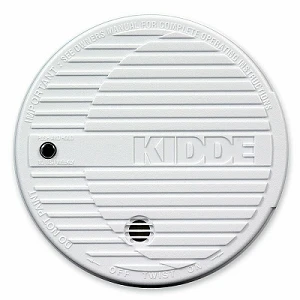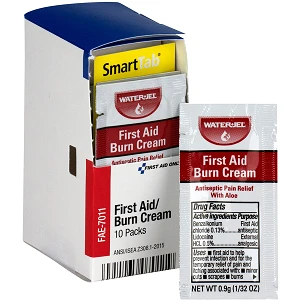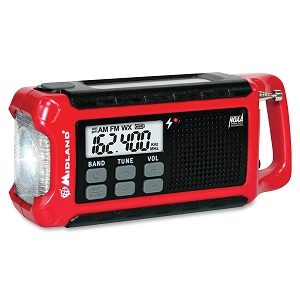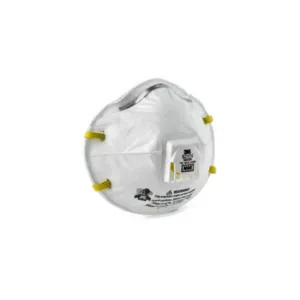
Ensuring Safety with Essential Fire Safety Products
Fire safety is a critical aspect of both home and workplace safety. Being prepared with the right equipment can mean the difference between minor damage and a catastrophic loss. In this blog, we’ll explore a range of fire safety products that should be part of every safety plan: fire extinguishers, smoke alarms, burn cream, emergency radios, and face masks.
Fire Extinguishers: Your First Line of Defense
Fire extinguishers are an indispensable tool for combating small fires before they escalate. It’s crucial to have the appropriate type of extinguisher for different fire classes:
Classes:
Class A: For ordinary combustibles like wood, paper, and cloth.
Class B: For flammable liquids such as gasoline, oil, and paint.
Class C: For electrical fires involving appliances, wiring, and circuit breakers.
Class D: For flammable metals like magnesium and titanium.
Class K: For kitchen fires involving cooking oils and fats.
Tips for Using Fire Extinguishers
- PASS Method: Pull the pin, Aim at the base of the fire, Squeeze the handle, and Sweep from side to side.
- Regular Maintenance: Ensure extinguishers are regularly inspected and serviced.
- Accessibility: Place extinguishers in easily accessible locations.
Video: How to Use a Fire Extinguisher
Smoke Alarms: Early Detection Saves Lives
Smoke alarms are vital for early detection of fires, providing crucial time to evacuate. There are two main types of smoke alarms:
Types:
- Ionization Alarms: Better at detecting fast-flaming fires.
- Photoelectric Alarms: More responsive to smoldering fires.
Placement and Maintenance
Installation: Install smoke alarms on every level of your home or office, inside bedrooms, and outside sleeping areas.
Testing: Test alarms monthly and replace batteries at least once a year.
Replacement: Replace the entire unit every 10 years.

Burn Cream: Immediate Relief and Healing
In the unfortunate event of a burn, having burn cream on hand can provide immediate relief and promote healing. Burn creams often contain ingredients like aloe vera, lidocaine, and antibiotics to soothe pain, reduce inflammation, and prevent infection.
Using Burn Cream
Application: Clean the burn area gently with cool water and apply a thin layer of burn cream.
Coverage: Cover with a sterile bandage if necessary.
Expired! How long do they last?
(creams /ointments) Tubs 1 month once opened Pump dispensers Manufacturer’s expiry date Tubes 3 months once opened unless manufacturer advises otherwise. Liquids / lotions 6 months once opened unless manufacturer advises otherwise. ointments 1 month once opened unless manufacturer advises otherwise.

Emergency Radios: Staying Informed
During a fire, especially if it spreads or if you’re in an area prone to wildfires, staying informed about the situation is crucial. Emergency radios can keep you updated with the latest information from local authorities and weather services. Cell towers can get overloaded with traffic or knocked down due to wildfires. Emergency radios are a great backup.
Features to Look For
- Battery Life: Opt for radios with long battery life or hand-crank options.
- NOAA Alerts: Ensure the radio can receive National Oceanic and Atmospheric Administration (NOAA) weather alerts.
- Portability: Choose a compact, portable design for easy transportation.
Radio Care
- Check its working status once a year
- Replace batteries when checking
- Radios, like most electronics, should be kept warm, dry and away from any source of moisture.

Face Masks: Protecting Your Respiratory Health
In a fire, smoke inhalation can be as dangerous as the flames. Having face masks can help protect your respiratory system from harmful smoke and particulates.
Types of Face Masks
N95 Respirators: Offer a high level of filtration and protection against airborne particles
Full Face Respirators: Seal around face to insure higher level of protection
Disposable Masks: Useful for short-term protection and easy disposal
Types of Face Masks
Fit: Ensure a snug fit with no air leaks.
Replacement: Replace disposable masks after each use or when they become damp or soiled.

Conclusion
Being equipped with the right fire safety products can significantly enhance your preparedness for fire emergencies. Fire extinguishers, smoke alarms, burn cream, emergency radios, and face masks are essential items that can protect you and your Coworkers & loved ones from the dangers of fire. Regular maintenance and proper usage of these products are key to ensuring their effectiveness. Stay safe, stay prepared, and make fire safety a priority in your home and workplace.




